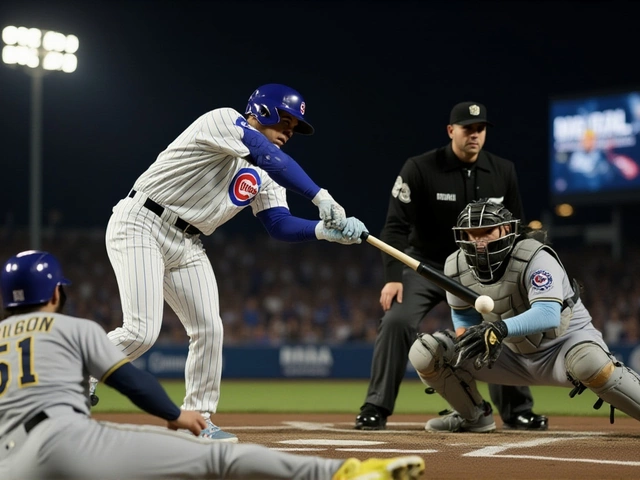Legal Aspects of Auto Racing – What Every Fan Should Know
If you love the roar of engines and the smell of burnt rubber, you probably haven’t thought much about the legal side of the sport. Yet every high‑speed lap is backed by a tangle of rules, liability waivers, and licensing requirements. Understanding these basics helps you enjoy races safely and gives you the confidence to talk shop with other fans.
Track Liability and Safety Regulations
Race tracks are considered public venues, so they must meet strict safety standards set by local governments and motorsport governing bodies. This means proper barrier placement, fire suppression systems, and emergency medical crews on standby. When a venue complies, it can limit its liability for accidents that happen on the racing surface. However, spectators still sign a waiver that acknowledges the inherent risks of watching fast cars go by. The waiver doesn’t protect a track if it neglects required safety measures; in those cases, injured parties can sue for negligence.
Most major series, like NASCAR and Formula 1, follow the International Automobile Federation (FIA) safety code. The code mandates crash‑tested barriers, mandatory helmet standards, and regular inspections of track surfaces. If a track fails an inspection, the governing body can withdraw its license, effectively shutting down events until fixes are made. For fans, this means you’ll see fewer incidents when a venue follows the code, because the rules force organizers to invest in better protection.
Driver Licensing, Sponsorship Rules, and Copyright
Every driver on the grid holds a competition license issued by a national motorsport authority. The license proves the driver meets age, medical, and skill requirements. Without it, a driver cannot legally compete, no matter how fast they are on the street. The licensing process also includes background checks to ensure drivers don’t have a history of reckless behavior that could endanger others.
Sponsorship adds another legal layer. Brands pay big bucks to have their logos on cars, but contracts often contain clauses about where and how the branding can appear. For example, gambling firms may be barred from certain markets due to local advertising laws. If a sponsor breaches these terms, the team could face fines or lose the partnership, which can affect the race’s funding.
Finally, copyrighted content—photos, video footage, and even race commentary—belongs to the event organizers or broadcasters. Fans who want to share race highlights must respect these rights, usually by using short clips under fair‑use guidelines or by obtaining permission. Ignoring copyright can lead to takedown notices or legal claims, especially for creators who monetize their channels.
Keeping an eye on these legal elements doesn’t take away from the excitement; it actually adds a layer of appreciation. You now know why tracks invest heavily in safety barriers, why drivers wear specific helmets, and why certain logos disappear from a car mid‑season. The next time you hear a commentator mention a “technical inspection” or a “licensing issue,” you’ll understand the real stakes behind those words.
So the next time you’re at the track or streaming a race, remember that a whole legal framework is working behind the scenes to keep the action fast, fair, and as safe as possible. Knowing the rules doesn’t make the sport any less thrilling—it just makes you a smarter, more informed fan.



